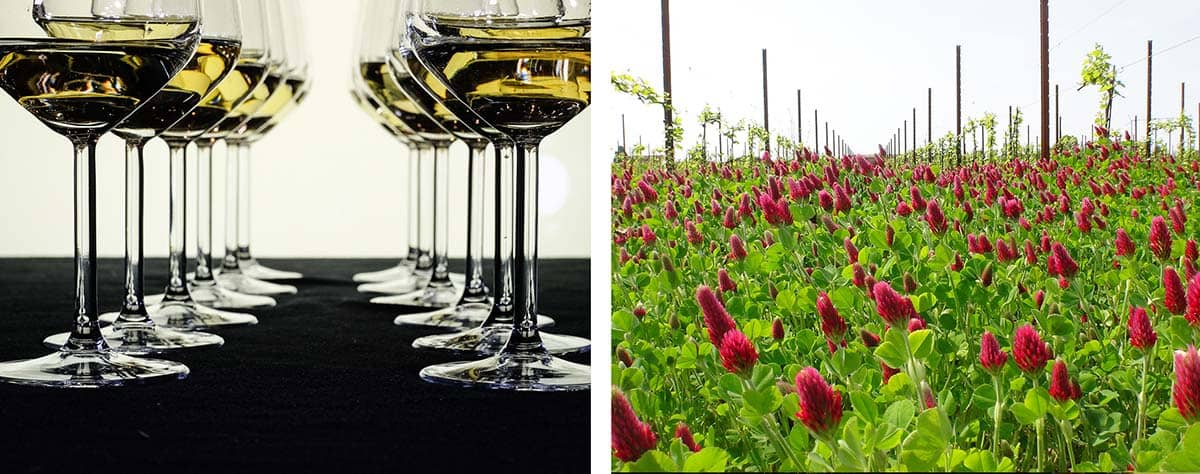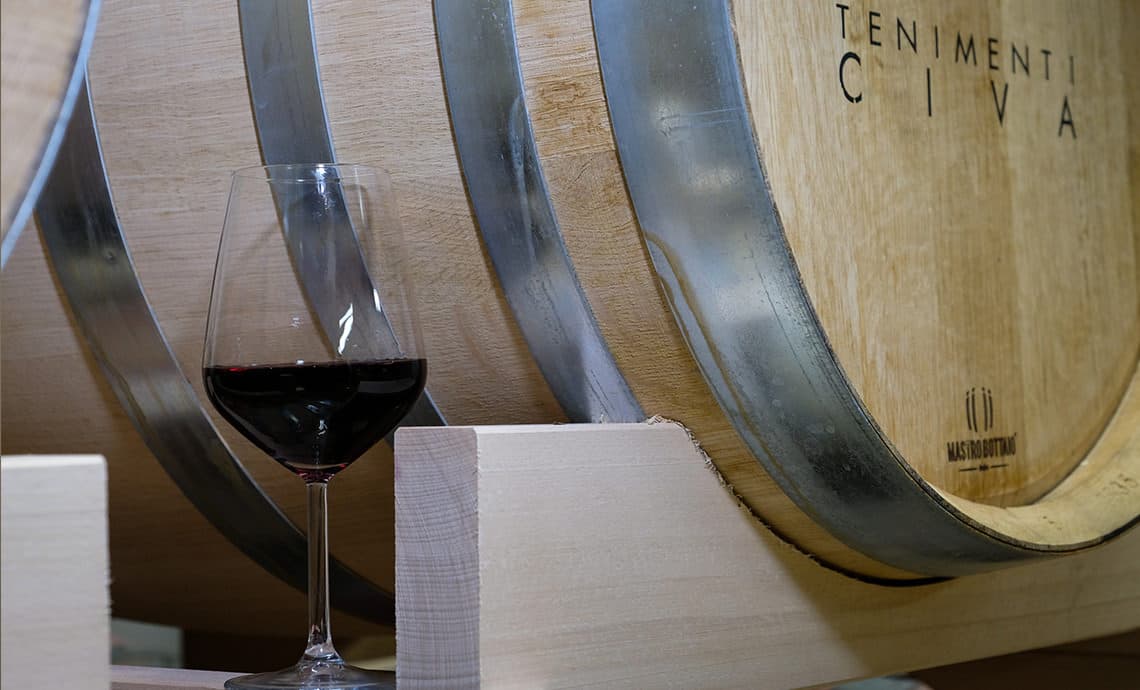How Tenimenti Civa obtains quality wines
The concept of quality has significantly evolved over time, and consumers have undoubtedly contributed to this. The demand for healthy products, obtained respecting the environment and those who live there, has conditioned the parameters that characterize quality.
In the wine sector, production protocols impose rules to protect the consumer with respect to agricultural products, rules that companies must strictly observe. The supermarket retail trade is attentive to the technologies involved in production processes and food safety in order to guarantee the quality of the products it displays on the shelves.
Offering the lowest prices is certainly not the decisive factor when aiming to be and to remain competitive in a market whose wine offer is overabundant; rather it is quality, an added value that allows wineries to control the efficiency and effectiveness of their production processes.
“It is with this in mind that we work at Tenimenti Civa,” said Adriano Copetti, production manager of the Colli Orientali del Friuli estate, whom we asked what is meant by wine quality.
Can we say that the quality of a wine is achieved in the vineyard?
“Absolutely. We consider the study of the lands and their suitability for viticulture as fundamental to obtaining quality fruit. For this reason, the characteristics of each soil and the environment as a whole were analysed as required by measure 10 of the Rural Development Plan, which we have adhered to since we started production. This allowed us to implement the best measures for each variety, taking into account the slope of the land, the aspect, and the amount of sunlight, rain and wind.”
How is the soil worked?
“The soil is worked by means of an ‘integrated management’ system, meaning that our approach to cover cropping varies depending on the age of the vineyards and the type of soil. To enrich the soil with organic substances, we sow crimson clover, which covers the vineyard with a beautiful red mantle when it blooms in spring. In this way, the roots are free to explore the soil and draw on water reserves, consequently reducing the effects of the summer heat. Furthermore, soil analysis allowed us to limit the use of fertilizers, intervening only where necessary.
In order to work as far as possible with respect for the environment, under the rows we employ both manual and mechanical methods to eliminate any weeds and promote optimum growth of the young vines (rooted cuttings)”.

What work is carried out on the vines in order to obtain quality grapes?
“During the winter, when the vine is in the dormant phase, the “old” shoots are pruned, leaving only one shoot and some buds, which will develop into fruits. The goal is to reduce yields per hectare, so that each plant gives the quantity of grapes considered optimal to guarantee a quality product.
Subsequent work in the vineyard, always with a view to increasing quality, includes leaf removal, carried out between the end of flowering and the beginning of the fruit set (normally in May). This serves to eliminate the leaves covering the bunches, in order to improve the grapes’ exposure to light, and prevent the formation of mould (botrytis). Summer topping is carried out in order to stimulate the plant to produce new leaves and thus improve and increase photosynthesis during the ripening of the bunch”.
Vines are often attacked by fungi and parasites. How do you defend them?
“To protect the vines from parasites, we use innovative machines (“drift recovery” sprayers) that allow us to reduce the dispersion of the substances used into the environment by 90%”.
The harvesting process also contributes to the quality of the fruit. How is it carried out?
“Harvesting takes place mostly by hand, in the cooler hours of the day to avoid heating of the bunches, which are promptly taken to the cellar for vinification. It must however be said that mechanical harvesting has the undoubted advantage over manual harvesting of reducing the amount of time between picking and vinification”.
Speaking of the winemaking process, you have two production facilities. Does this allow you to vinify different grapes separately?
“Exactly! The vinification processes are specific to the provenance of the grape and its analytical characteristics, in order to exploit the qualitative potential of each terroir”.
Variety and environment: are these then the benchmarks that guide the production decisions of Tenimenti Civa?
“Vinification does not negate the important work done in the vineyard; on the contrary, the goal is to let the wines express all the potential of the territory. Thus, in the historic vineyards of Bellazoia, characterized by cool climates, wines with good flavour and acidity and a wide range of aromas are obtained. Instead, in the southernmost areas of the Colli Orientali del Friuli, in Manzano and San Giovanni al Natisone, the wines have a higher alcohol content and aromas of ripe fruit. All fermentation takes place in stainless steel at a controlled temperature, as does the maturing of wines to be drunk young; while the use of barriques, vats and tonneaux is precisely dosed to ensure that the transfer of aromatic substances from the oak to the wine is minimal”
Could you summarize the concept of quality in one sentence, as it is interpreted by the winery?
“Quality has an objective component, which we could define as technical, and a subjective component, in which the perceptions and experience of those who evaluate the wine come into play. The quality perceived by the consumer is important to us, but this may diverge from objective quality; we need to bridge this gap by providing correct, clear information”.
Folloe us on Facebook and Instagram
Maria Cristina Pugnetti
None foundCould it be interesting for you:

